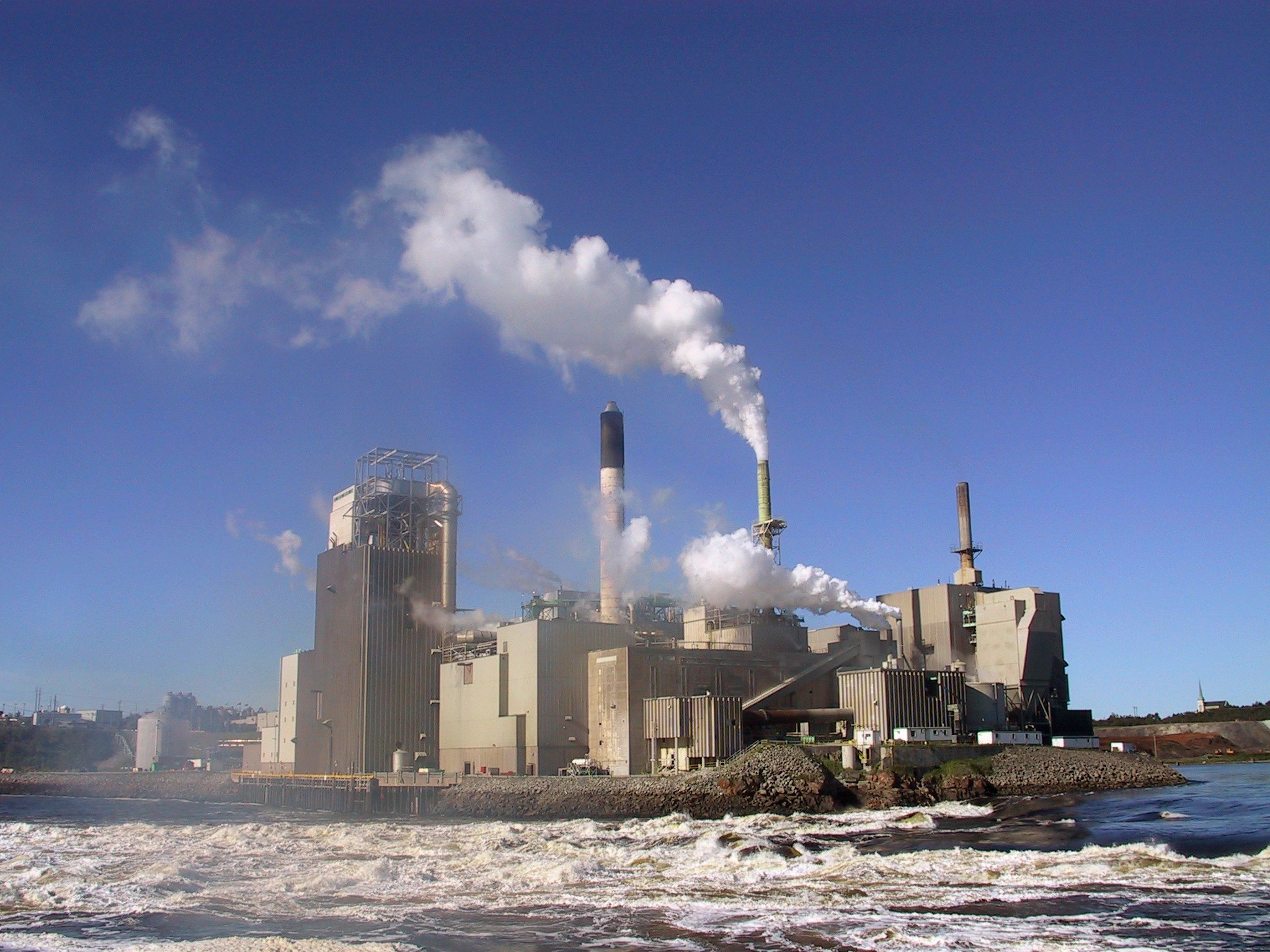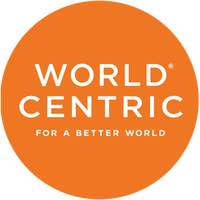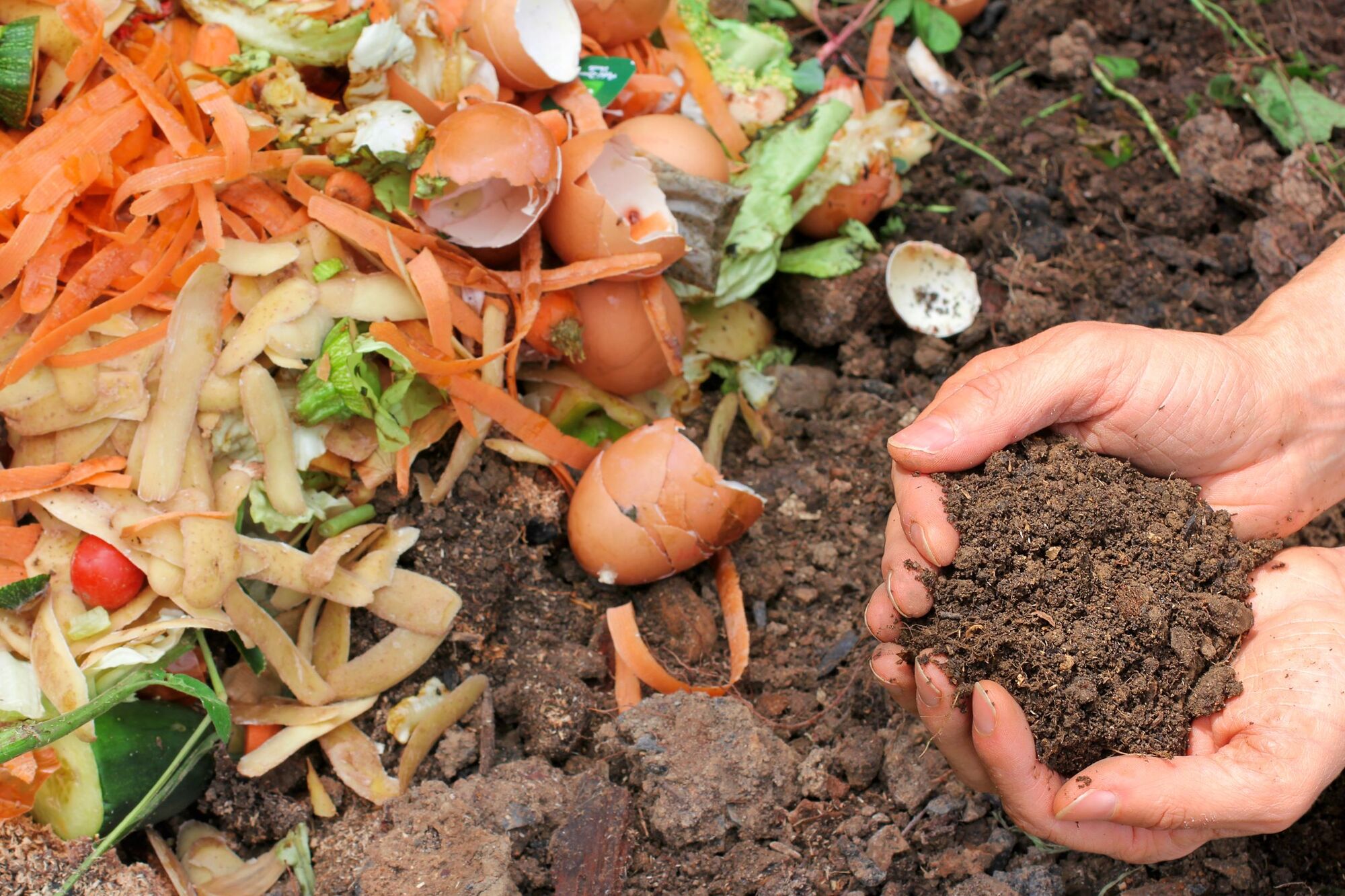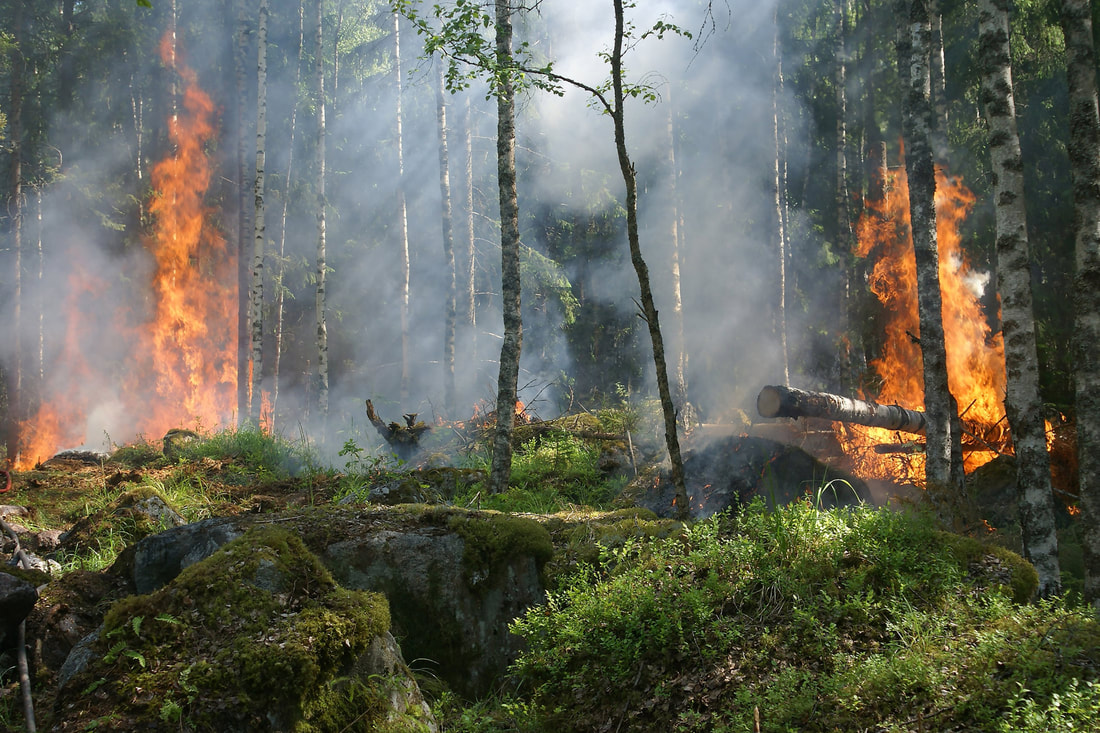World Centric Staff / 3 minute read
Tree-based paper continues to have an environmental impact, even if it includes recycled content.
|
According to the Environmental Protection Agency (EPA), about one third of the paper made in the U.S. today comes from whole trees and plants, about one third comes from wood chips and scraps, and about one third is recycled from other paper (Source). Global consumption of paper has increased 400% in the past 40 years (Source).
Meanwhile, the pulp and paper industry continues to use rain forests and virgin forests for wood - 15% of paper comes from untouched boreal forests (Source), mature ecosystems that can never be replicated or replaced.
|
Things to remember:
|
Deforestation results in:
- Habitat loss: 70% of the Earth’s land animals and plants live in forests, and thousands of species are lost each year to deforestation (Source).
- Climate change: Living trees absorb and store greenhouse gases like carbon dioxide. Carbon emissions from deforestation and subsequent land use changes are 10-15% of the world's total (Source).
- Water cycle disruption: Trees draw up ground water, release it into the atmosphere, and protect moist soils with shade. Deforestation turns water-rich ecosystems into barren deserts.
- Economic devastation: Deforestation is projected to cut the living standards of the world’s poor in half by 2050, with a corresponding drop in global GDP of 7% (Source). Short-term economic gains in communities that adopt exploitative logging practices are typically offset by long-term losses in income and in the biological productivity of their lands.
Water use and pollution during paper production
Paper manufacturing requires huge quantities of water, so paper mills are almost always situated near lakes and waterways. In developed countries, the pulp and paper industry is the largest consumer of water used in industrial activities (Source).
Water discharged from the manufacturing process is high in organic matter, leading to eutrophication. This is when organic pollutants nourish phytoplankton, which then reproduce rapidly and consume so much oxygen that fish and other species die.
When wood pulp meets chlorine-based bleaching agents in paper mills, huge quantities of dioxins and chlorinated toxic pollutants are produced. Dioxins and other organic chlorides are highly toxic, known to be carcinogenic, and cause health effects in humans including reproductive, developmental, immune and hormonal disruptions (Source).
Paper manufacturing requires huge quantities of water, so paper mills are almost always situated near lakes and waterways. In developed countries, the pulp and paper industry is the largest consumer of water used in industrial activities (Source).
Water discharged from the manufacturing process is high in organic matter, leading to eutrophication. This is when organic pollutants nourish phytoplankton, which then reproduce rapidly and consume so much oxygen that fish and other species die.
When wood pulp meets chlorine-based bleaching agents in paper mills, huge quantities of dioxins and chlorinated toxic pollutants are produced. Dioxins and other organic chlorides are highly toxic, known to be carcinogenic, and cause health effects in humans including reproductive, developmental, immune and hormonal disruptions (Source).






